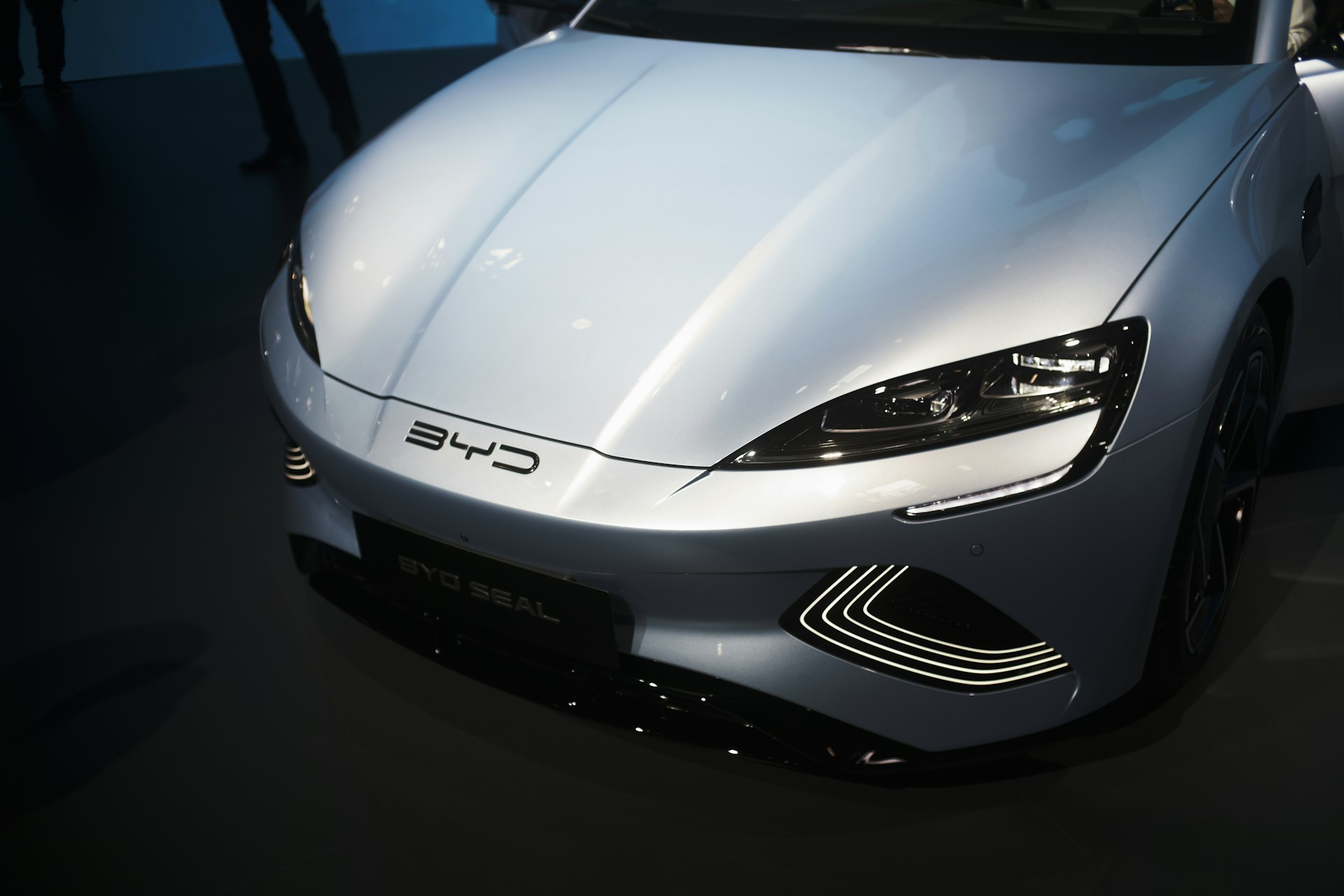China’s massive stake in global auto markets is further expanding its reach through the export of relatively cheap electric vehicles (EVs). BYD, now the world’s top seller of EVs, is exemplary of this growing presence. Company profits surged in 2023 and the export of over 240,000 vehicles inspired it to begin purchasing roll-on/roll-off cargo ships to move its own vehicles overseas efficiently. That mimics the strategy of much larger vehicle exporters like Toyota and shows BYD is bent on scaling up its international shipments.
As a whole, China surpassed Japan as the leading exporter of vehicles in 2023. One of every three Chinese-made automobile shipped abroad was a fully-electric vehicle. Europe is a specific focus for Chinese EV brands, but the EU is preparing new tariffs on the import of their products. These duties are meant to counter unfair advantages Chinese EVs receive via government subsidies from Beijing, allowing them to undercut local automakers’ prices. The UK may soon launch an effort to enact similar tariffs to avoid a spilling over of Chinese EVs into their own market if EU nations become less desirable destinations.
Related ETF & Stocks: KraneShares Electric Vehicles and Future Mobility Index ETF (KARS), BYD Company Limited (BYDDY)
Early this year, Chinese government data showed BYD had become the world’s top seller of fully electric vehicles (EVs) as sales of 526,409 units in Q4 2023 helped the Chinese powerhouse surpass previous global leader Tesla, which delivered 484,507 units in the quarter. BYD produces battery-only EVs and hybrid automobiles and first surpassed Tesla’s output of vehicles in 2022, then beating the American EV manufacturer again in 2023, completing more than 3 million units to Tesla’s 1.84 million. However, Tesla does not build hybrids and if we account for battery-only vehicles, BYD’s production of 1.6 million still fell short of Tesla’s.
New earnings data from BYD indicates its net profit almost doubled to 30 billion yuan ($4.2 billion) last year, from 16.6 billion yuan ($2.3 billion) in 2022. Meanwhile, gross profit margin improved to 20% from 17% in 2022. However, profit growth did slow toward the end of the year, rising 18.6% QoQ, its slowest quarterly pace since the Q1 2022. That slowdown can likely be chalked up to price cuts across 13 vehicle models that accounted for 93% of its total China sales. Price tags were slashed by an average of -17%, Reuters calculations showed.
Of its roughly 3.0 million vehicles sold, BYD exported 242,000 units. Overseas demand for BYD has become so great that the manufacturer began purchasing its own roll-on/roll-off (ro-ro) vessels for wheeled cargo to ship cars around the world. The brand’s…
To read the complete Intelligence Briefing, current All-Access clients, SIGN IN All-Access clients receive the full-spectrum of MRP’s research, including daily investment insights and unlimited use of our online research archive. For a free trial of MRP’s All-Access membership, or to save 50% on your first year by signing up now, CLICK HERE










